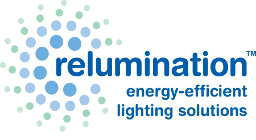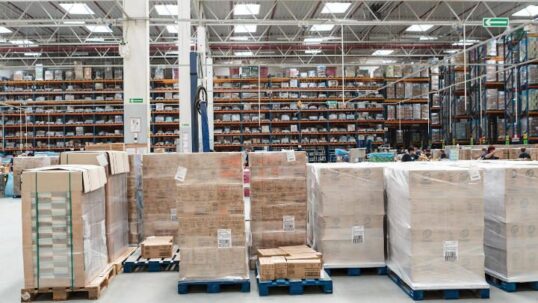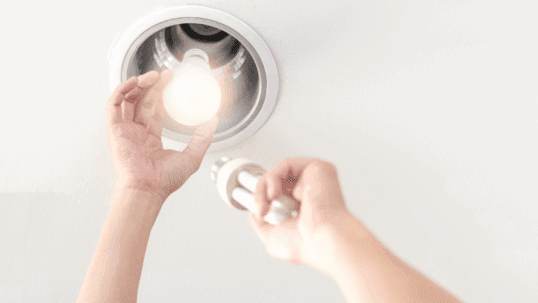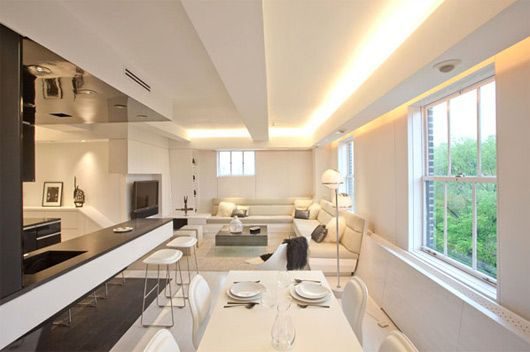Regardless of whether an enterprise uses fluorescent, incandescent, sodium or metal halide lighting, or some combination thereof, a switch to LED lighting offers obvious benefits. Energy usage can be reduced as much as 90 percent in some applications. The long life of light-emitting diodes is so impressive that LEDs have given rise to the term “fit-and-forget.”
A transition to LED lighting is also one of the most effective sustainability steps that any business can undertake. The ratio of dollars invested to carbon reduced is often better with LED lighting than with most other efforts to reduce a company’s carbon footprint.
Improved LED Technology
Commercial LED lighting first emerged as a new way to illuminate surfaces not far from the lights themselves. Now, the development of the technology allows deployment at mounting heights that vastly expand the potential usage of LEDs. Large warehouses, parking lots, parking garages and other broad expanses can be now be effectively illuminated with energy-saving LEDs.
Now that the functionality of LEDs has expanded, those that have facilities with long operating hours stand to benefit the most from both lower costs and a reduced carbon footprint. Interestingly, the potential for reducing one’s carbon footprint via LED lighting is still improving as production costs drop as performance improves. Still, many organizations have delayed in fully examining the potential of the latest LED technologies.
The Pace of LED Deployment
The Carbon Trust is a global organization that assists businesses, the public sector and governments to improve the pace at which they adopt sustainable energy practices that lower carbon emission. Over 150 experts operate out of far-flung offices in the United States, China, the UK, South America and South Africa.
James Dunlop, the Technology Manager at the organization, has weighed in on the question of why the adoption of LED lighting has not been even more rapid-paced. Dunlop suggests that inertia surrounds some lighting systems that are adequately functioning, even at the expense of excessive energy consumption. On occasion, some end users across the vast expanse of the business community lack the technical expertise to fully understand the potential benefits.
Once such an end user has started a partnership with a supplier that does possess the expertise, lighting solutions can be explained and subsequently deployed.





